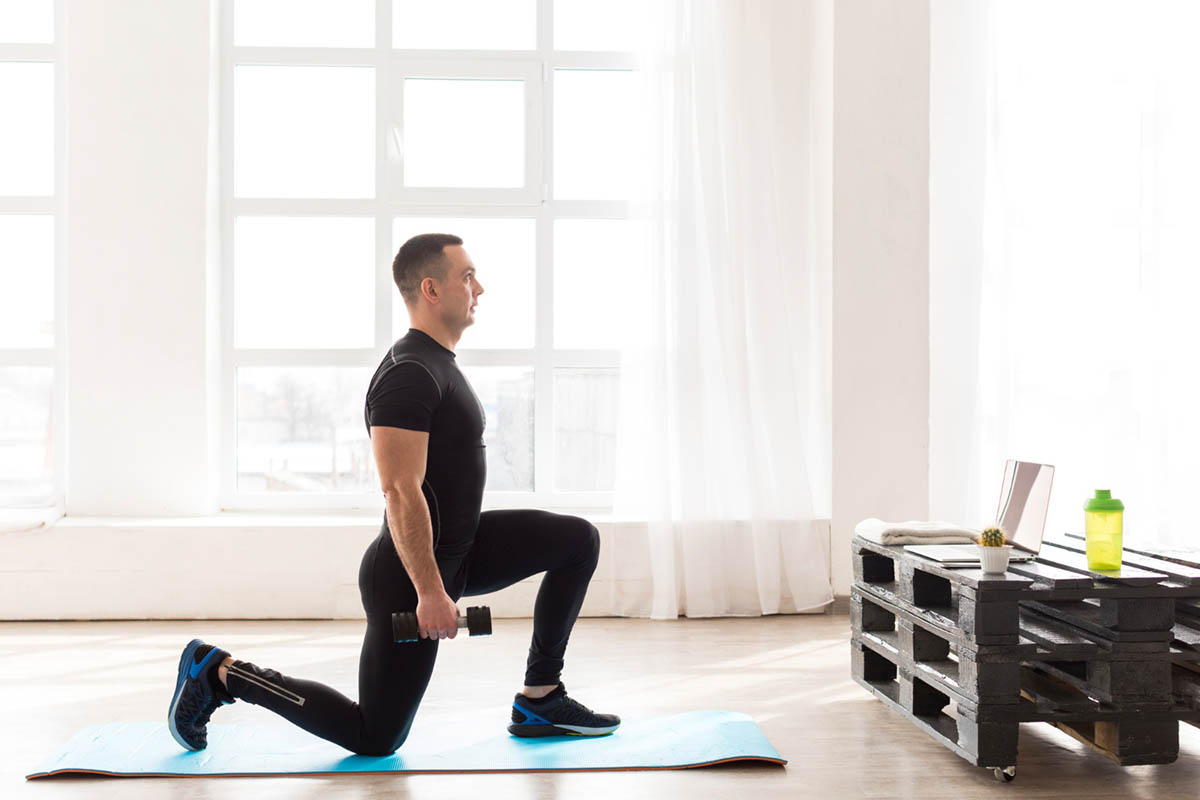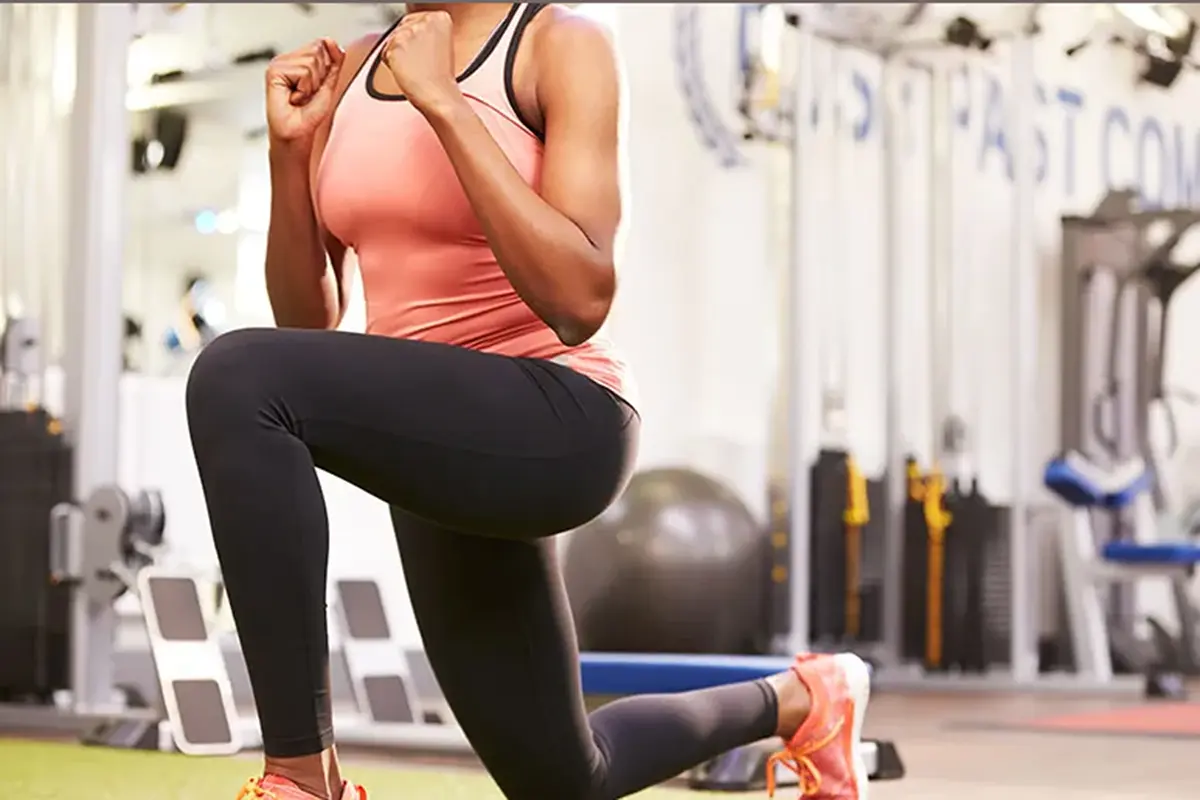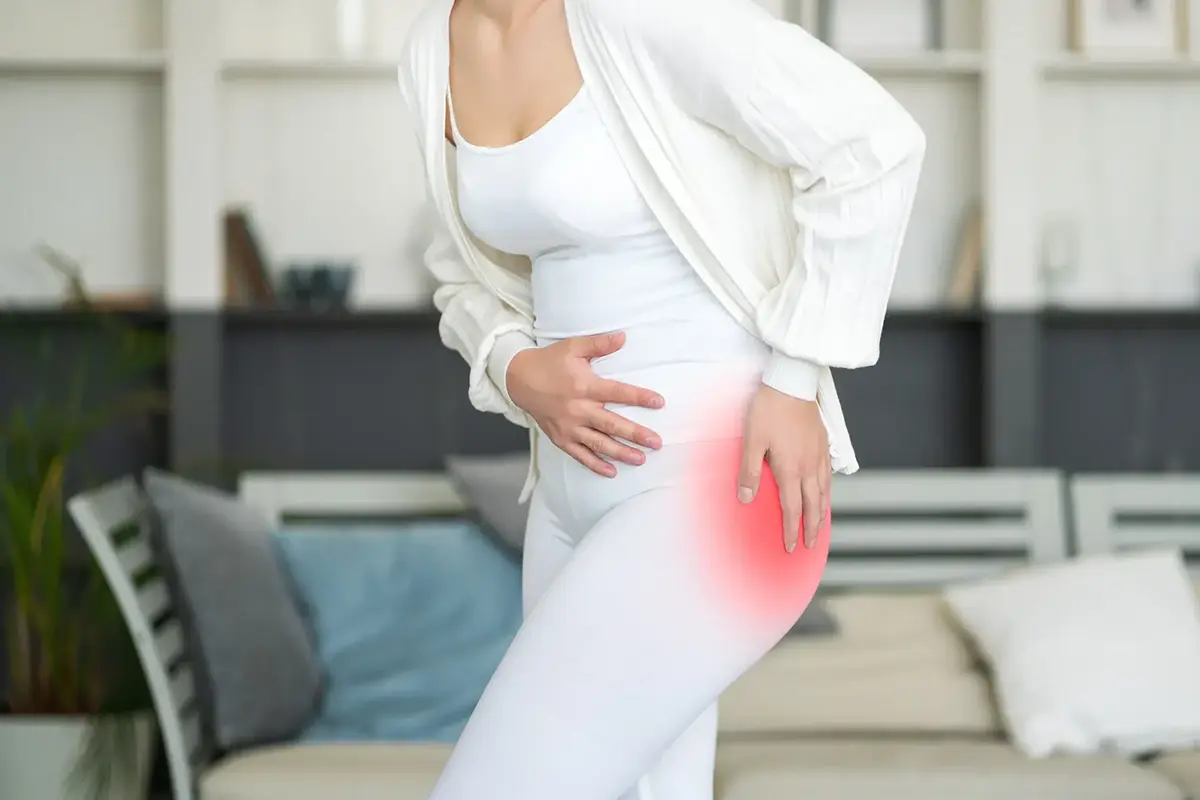Hip pain during squats is a common issue that can derail even the most committed fitness routines. Squats are essential to strength training and working muscles in the legs, hips, and core. Beyond fitness, squatting is fundamental in daily activities, from bending down to pick something up to standing seated. However, when hip pain interrupts this movement, it can affect performance and quality of life. This article will explore the common causes of hip pain and solutions to help you return to pain-free squatting.
Anatomy of the Hip Joint
The hip socket is one of the body’s most significant and stable joints. It’s a ball-and-socket joint where the head of the femur (thigh bone) fits into the acetabulum, a socket in the pelvis. The hip joint allows for a wide range of motion, including flexion, extension, rotation, and abduction. However, hip joint pain when squatting can occur when any of these structures are impaired. Several muscles, tendons, ligaments, and bursae, including the hip flexor muscle, support hip function. When any of these structures, including the connective tissue, are impaired, it can lead to hip pain, particularly during activities like squatting.
Causes of Hip Pain When Squatting
Hip pain during squatting can arise from various factors, including muscle imbalances, joint issues like bone abnormalities, or improper form. Understanding these causes is crucial for addressing the pain effectively and preventing future discomfort, especially for people with hip pain.
Femoroacetabular Impingement (FAI)
Femoroacetabular Impingement (FAI) is a common cause of hip pain in athletes and fitness enthusiasts. FAI usually affects patients in their 20s to 40s. The estimated prevalence is 10% to 15%. Our study found an incidence of hip pain of 7% among competitive bodybuilders. Only 2 (1.7%) patients were clinically symptomatic for femoroacetabular impingement. Although the frequency of hip pain among bodybuilders is considered high, it does not alter athletes’ performance. It occurs when there’s abnormal contact between the femoral head and the socket of the hip joint, causing damage to the cartilage or labrum. This impingement often results in sharp, pinching pain in the front of the hip during deep squats.
Ankle Mobility
Limited ankle mobility can also contribute to hip pain when squatting. The squat is a full-body movement, and if the ankles lack flexibility, it can force compensatory movements elsewhere, particularly in the hips. Restricted ankle mobility often impacts the body’s ability to move fluidly during exercises like squats. Tightness in the calves or Achilles tendon may limit how far the knees can travel forward during a squat, putting additional stress on the hips and lower back.
Hip Mobility
Just as ankle mobility is critical for squatting, so is hip mobility. Restricted hip flexion or external rotation can cause discomfort or pain when squatting. If the hip joint lacks the necessary range of motion, it places excessive strain on surrounding muscles, tendons, and ligaments, leading to pain or injury.
Bad Posture or Core Stability
Proper posture and core stability are essential for pain-free squats. A weak core or poor posture can cause the hips to tilt forward, leading to overcompensation in the hip flexors and joints. Addressing asymmetries in strength and proper core stability helps prevent pain.
Hip Flexor Strain
The hip flexor at the front of the hip is crucial for stabilizing the pelvis during squats. Straining these muscles can cause front hip pain when squatting, particularly during the lowering phase of a squat.
Hip Bursitis
Trochanteric bursitis occurs when the bursae, tiny fluid-filled sacs that cushion the hip joint, become inflamed. This can cause sharp pain on the outer part of the hip, especially during movements like squatting.
Hip Osteoarthritis
Hip arthritis is a degenerative joint condition that commonly affects older adults but can also affect younger individuals. When cartilage in the hip joint wears away, it can lead to pain, stiffness, and inflammation, worsening during squatting.
Osteonecrosis
Osteonecrosis occurs when the blood supply to the bone is restricted, leading to bone death. In the hip, osteonecrosis can cause pain during weight-bearing activities like squatting.
Symptoms of Hip Pain When Squatting

Individuals experiencing hip pain when squatting may notice discomfort in the hip joint, often accompanied by stiffness or a feeling of weakness. Additional symptoms can include sharp pain during the squat, swelling, or a creaking sensation in the hip bone area.
Pain (Sharp, Dull, Aching)
The type of pain you feel during squats can vary from a sharp, stabbing sensation to a dull ache. Sharp pain may indicate issues like FAI, while tedious, aching pain might suggest hip arthritis or muscle strain. Pain from squats is often related to joint problems, improper form, or underlying conditions.
Stiffness or Tightness in the Groin Area
Tightness or stiffness in the groin often accompanies hip pain during squats. This could indicate limited hip mobility or an overuse injury, such as a tight hip flexor strain, making it difficult to squat without pain.
Clicking Sensation in Inner Hip
A clicking or popping sensation in the hip, often without pain, can indicate an internal rotation deficit, hip impingement, or a labral tear. If it’s accompanied by pain, consult a healthcare provider, as this may indicate a deeper issue with the hip joint.
Weakness or Tenderness
Hip muscle weakness or surrounding soft tissue tenderness can make squatting difficult. Muscle weakness may indicate a strain or injury that requires rest and recovery. If the psoas or quadriceps muscles are weakened, they may contribute to hip pain during squats.
Soreness
Soreness, especially after squatting, may indicate inflammation or overuse. This can result from tight muscles, improper form, or underlying joint issues.
Limited Mobility
Limited mobility in the hip joint can make it hard to complete a full squat. Mobility drills to improve range of motion are often necessary to overcome this issue. Restricted range of motion in the hips or ankle joint is a common cause of hip pain during squatting.
Radiating Pain
Pain radiating from the hip to the thigh or lower back could indicate a more severe issue, such as nerve impingement or a spinal condition affecting the lumbar spine. This can restrict hip movement and increase discomfort.
How to Fix and Treat Hip Pain When Squatting
One should focus on proper warm-up routines, mobility drills, strengthening exercises, and maintaining flexibility to address hip pain during squatting. Consulting a healthcare professional for tailored guidance, especially on exercises like goblet squats and hip thrusts, can also ensure a comprehensive recovery plan.
Rest and Recovery
If you experience hip pain during squats, allowing periods for rest and recovery is essential. Overworking the major muscles in the hip joint can worsen inflammation or injury, so giving your body time to heal is crucial, especially when dealing with annoying injuries.
Stretches and Exercises
Incorporating stretches and hip mobility exercises into your routine can help improve hip flexibility and reduce pain. Focus on stretches that target the muscles responsible for squatting, such as the hip flexors, glutes, and hamstrings. Exercises like banded mobilization and posterior capsule mobilization are excellent choices to increase flexibility.
Improve Core Stability
A strong core helps maintain proper posture and stability during squats. Incorporate core-strengthening exercises like planks and dead bugs to support your hips during movements. Core muscles are critical in maintaining balance and stability, especially during heavy squats.
Proper Form When Squatting
Ensuring proper squat form can help prevent and alleviate hip pain. Focus on maintaining a neutral position, keeping your chest up, and allowing your knees to track over your toes. Form checks and proper knee position prevent injury and reduce pain. If needed, consult a professional for squat variation recommendations.
Physical Therapy
Consulting a physical therapist is essential if hip pain persists despite rest and exercise. A professional can help identify underlying causes like bony or joint limitations and develop a personalized treatment plan to restore mobility and strength, incorporating corrective exercise techniques.
Preventing Hip Pain When Squatting

Preventing hip pain involves maintaining flexibility, strength, and proper form during squats. Regularly incorporating mobility drills, stretches, and strength training can help keep your hips healthy. Additionally, Olympic weightlifting programming often emphasizes flexibility and strength in movements like squats, which can benefit individuals with hip pain. Paying attention to your body and avoiding overtraining is also key to preventing hip injuries.
Discover How Progressive Mobility Physio & Performance Can Help
At Progressive Mobility Physio & Performance, we provide physical therapy services to treat hip pain and other mobility-related issues. Our team of physical therapists is skilled at identifying the root cause of your hip pain, whether it’s due to hip osteoarthritis, femoroacetabular impingement, or joint structure issues, and developing personalized treatment plans to help you squat pain-free. We focus on exercises like squat pattern corrections and resistance band training to restore mobility and strength.
Conclusion
Hip squatting pain can stem from several causes, including arthritis im, impingement, mobility limitations, and poor form. By addressing these issues with rest, stretches, core strengthening, and physical therapy, including band about hip level mobilization exercises, you can return to pain-free squatting. If hip pain persists, don’t hesitate to contact Progressive Mobility Physio & Performance for expert guidance and care tailored to your specific needs, whether you’re an active person or an experienced barbell athlete.
FAQ’S
How do I protect my hips when squatting?
Squats can be beneficial for hip problems when done with proper form and under the guidance of a healthcare professional. However, if you experience pain from weight lifting, especially during squats, it’s best to consult a physical therapist to assess for conditions like femoral head misalignment or bony limitation. If you ask, “Why do my hips hurt when I squat?” consulting a professional can help pinpoint the issue and offer guidance.
Are squats good for hip problems?
Squats can be beneficial for hip problems when done with proper form and under the guidance of a healthcare professional. However, if you experience pain from weight lifting, especially during squats, it’s best to consult a physical therapist to assess for conditions like femoral head misalignment or bony limitation.
Should I keep squatting with hip impingement?
If you have hip impingement, squatting without addressing the underlying issue can worsen the condition. It’s essential to work with a physical therapist to modify your squat technique and address the impingement, possibly incorporating femoroacetabular impingement-specific exercises or squat variation adjustments. Form checks can also be beneficial to ensure you’re not exacerbating the issue.



